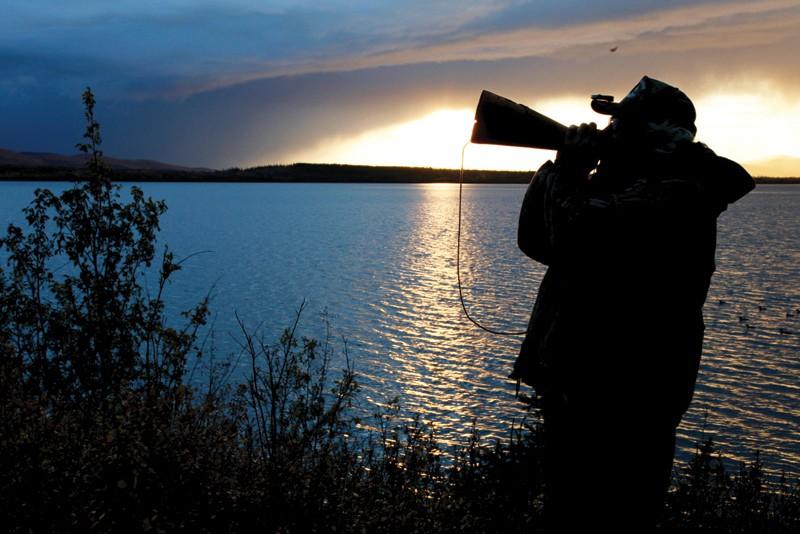Advertisement
When it comes to filling your bull moose tag, no tactic is more consistently effective than—or as exciting as—cow-calling. A few well-chosen love coos can bring bulls to within kissing range, however, so nervous Nellies need not apply. But if you can keep your cool when 1,000 pounds of hormone-charged exuberance is bearing down on you, hell-bent on an amorous encounter, this technique’s for you.
When: Calling is most effective through the rut, which, depending on where you hunt, can be anywhere from mid-September to late October. The best days are cool, clear, crisp and calm, or with a light breeze—too much wind or precipitation tends to mute and distort calls. Calling can produce bulls any time of day, but early mornings and evenings are best. And if you call at night from your camp, you’ll often find bulls nearby in the morning.
Advertisement
Where: Cows are found where there’s plenty of browse near good escape cover, often associated with waterbodies; points on lakes, ponds, river shorelines and beaver dams are all choice calling locations. Cut blocks, regenerating burns and ridge tops, which provide great vantage points, are also good places to call from. Be aware of prevailing winds and position yourself so that a bull must reveal himself if he wants to get downwind of you. It pays to scout before you call, looking for signs of recent moose activity.
How: You can use a commercial reed call, but I prefer using my own voice. Birchbark or fibreglass horns help amplify your call—bulls may respond from more than 1½ kilometres away. Try calling every 20 to 30 minutes, with each calling sequence lasting up to a minute; start relatively softly in case a bull is nearby. The key is to mimic a cow’s mournful bawl, which can last nearly 10 seconds, followed by a series of two or three shorter grunts. If you get a response, reduce the duration and frequency of the calls. And if your bull hangs up, a few grunts will often make him think he has a competitor and convince him to close the remaining few yards. Raking shrubs with a stick, branch or moose shoulder blade can also do the trick.
What to expect: Bulls may sneak in quietly, muscle their way in amid a flurry of grunts or do anything in between, so it pays to be patient and ever vigilant. Some hunters say you should move locations every three hours if you don’t get a response, but I believe in patience. Calling from the same spot for several days is not out of the question, since bulls move continually during the rut, searching for receptive cows. Get comfortable with a chair, a blind and even a book if you have to, but stay put. And while calling is predominantly a rut tactic, don’t be afraid to call at any time of the season if other strategies aren’t producing.
Advertisement
To hear a cow moose call, listen here.

